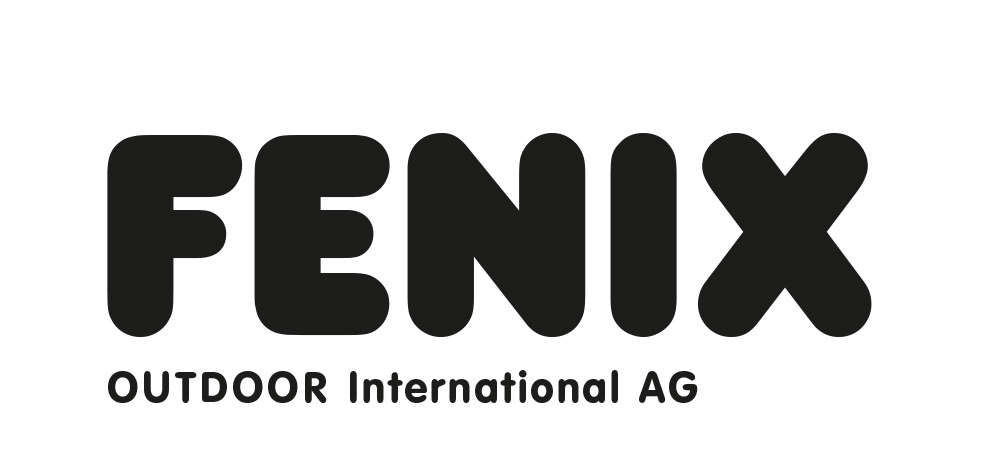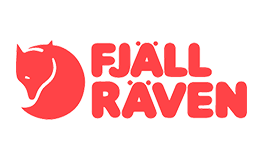It’s the players’ game

The first day of the EHC Hockey Business Forum focused on youth development and women’s hockey, and in the words of Karl Schwarzenbrunner, Head of Education and Science at the German Ice Hockey Federation: “Data is king, but context is God.”
The four speakers in the morning all touched on the same topic of understanding and supporting the players, the human being. In fact, that’s also the vision of the German federation.
“First things first. The focus is always on the human being – we live athlete-centred coaching,” it says on the vision document.
To understand the human being, the federation has started the IN:PROVE program, a comprehensive study of all their national team players, with a three-million-dollar budget, which, to quote Schwarzenbrunner, “is nothing for a medical study but a big deal for sports science.”
And once they know their athletes, they can support and coach them.
“Everything is both evidence-based and experience-based. The key is to talk to the athletes, a lot,” Schwarzenbrunner said.
And not only athletes. The German U16 national team had a parents' meeting. It's important to keep the parents in the loop, says Karl Schwarzenbrunner. The player is not an island.
Helmut de Raaf, director of development at Red Bull, noted that when coaches put players first, there are several implications to the way they coach.
They create a positive, creative mindset so that the players learn. The coach’s job, says de Raaf, former elite goaltender and Olympian, is to put players in situations where they can learn and gain new experiences.
“The game is the best teacher, and the coach’s job is to bring the players to situations where they learn. We gain experience from good and bad decisions,” he says.
John Lind, Director of Education & Research at the Swedish federation made a compelling case against early selections, citing several studies that prove that success at an early age doesn’t correlate with success as an adult.
“Last season,15.7 percent of NHLers were undrafted,” he said. “The scouts’ predictions are fairly accurate only with defensemen drafted in the first round and forwards in the first two rounds.”
"In a large German study of all sports, only 7.2 percent of athletes that were on a high international level at U17 and U18 were at the same level as seniors,” he said.
In Sweden, the football association moved to pick a U15 “future team” alongside their first U15 national team because the difference in average height can be 12 cm or a year in biological age. Once the kids reached the U21 national team, more players were selected from the “future team.”
“If you have to select, wait for as long as you can,” Lind said.
Taking care of players' well-being also makes sense for club management, argued Kristian Sarphagen, a high-performance coach.
“A player’s greatest ability is availability,” he said. An injured or tired player can’t play.
The afternoon session’s theme was women’s professional hockey and the growth of the women’s game.
“Something’s happening. Records are broken everywhere. Women’s soccer attendance growth in double or triple digits across the board,” said Bettina Baer from Two Circles, a sports marketing firm.
And yes, women’s soccer has certainly grown in leaps and bounds since the last Euro in 2022. Arsenal is selling out the Emirates Stadium. According to Baer, and Fabienne Huber at FC Bayern, fans of female sports are different from men’s sports fans.
They’re often younger, there are more women among them, and they bring different values to the equation. For many, being involved in the women’s game is a statement in itself.
“The fan base is growing rapidly, and there’s a higher level of involvement,” said Huber.
The fact there’s potential is evident in Switzerland, too, says Ibrahim Can, Head of the marketing and sales department at EV Zug where the team earned promotion to the top league last season and already attracts more than 1,000 spectators to their games. Their goal is to win two titles by 2030.
“We made a strategic decision to start up our girls’ and women’s operations and the response has been fantastic. We had a handful of girls in our hockey schools previously but when we opened our first girls’ hockey school, 60 girls signed up,” Can says.
If you build it, they will come.
The rest of the afternoon was spent at the highest level of women’s hockey when first Peter Elander, former head coach of Team Sweden and assistant at the Ohio State in the NCAA delivered a passionate speech on how Europe can close the gap to North America.
“You need passion and an elite attitude to always do better. You also need access to facilities and a good support system, and you need knowledge, an experienced coach with deep knowledge,” he said as he outlined his PEAK model.
To wrap up the day, Chris Burkett, Vice President of League Operations at the PWHL, talked about the founding of the league and its inaugural season.
Photo: Nina Grägel









